

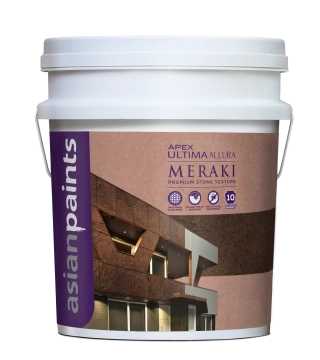
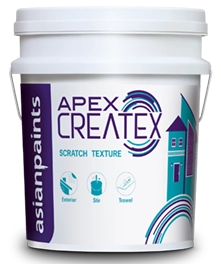
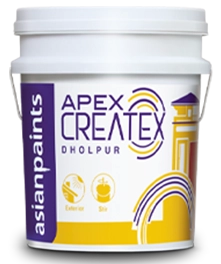
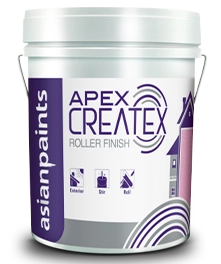
Discover Collections
Discover Collections
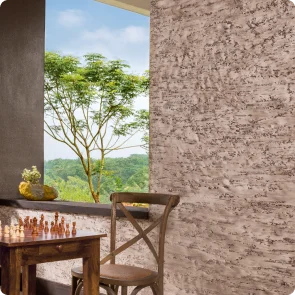
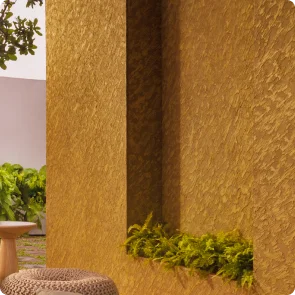
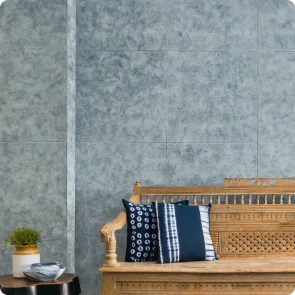
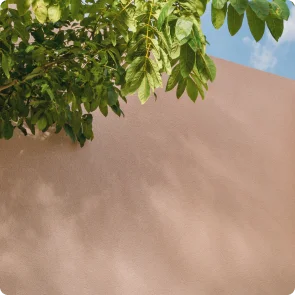
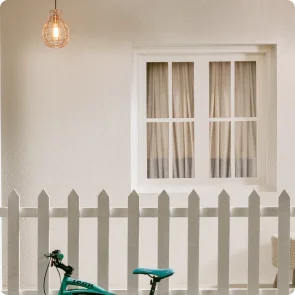
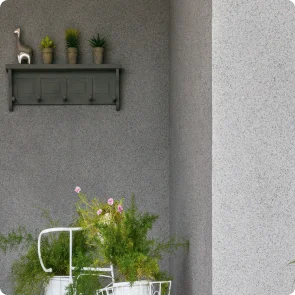
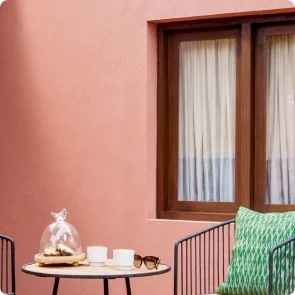
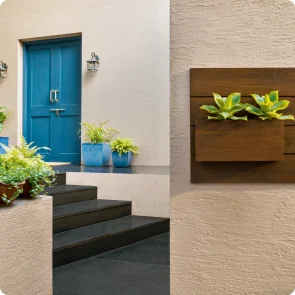
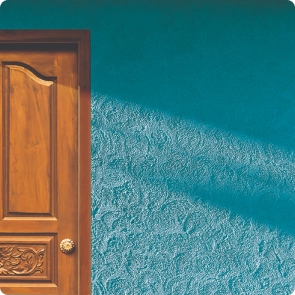
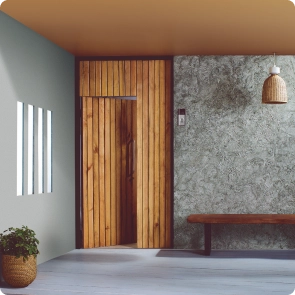
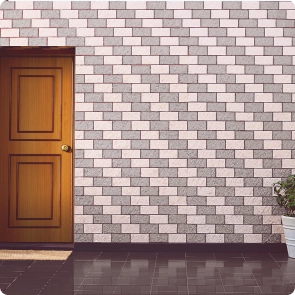
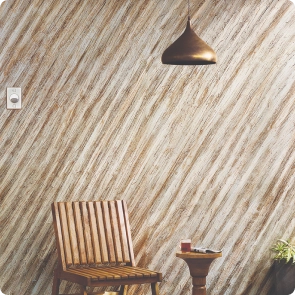
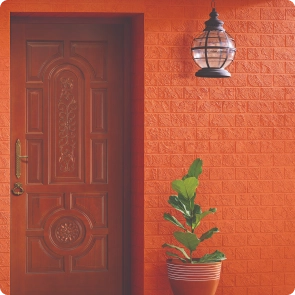
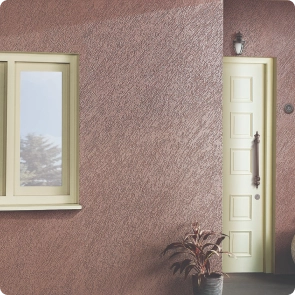
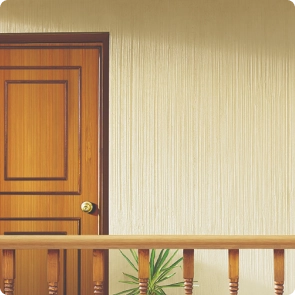
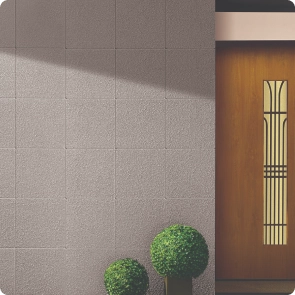
Explore Textures
Explore premium range of textures from Asian Paints, inspired from elements across the world. Each of the range is designed to be durable for exterior applications but also aesthetically pleasing to elevate the look.
Explore Textures
Explore premium range of textures from Asian Paints, inspired from elements across the world. . Each of the range is designed to be durable for exterior applications but also aesthetically pleasing to elevate the look.






The exterior of your home or building is the first thing that greets guests and passersby, making it a canvas for architectural expression. Enter exterior texture paint – a versatile solution that not only enhances the aesthetics but also fortifies the durability of your property's outer walls. Whether you refer to it as exterior texture paint, external textured paint, or outside texture paint, it opens up a world of possibilities for creating a visually appealing and resilient exterior surface.
The exterior of your home or building is the first thing that greets guests and passersby, making it a canvas for architectural expression. Enter exterior texture paint – a versatile solution that not only enhances the aesthetics but also fortifies the durability of your property's outer walls. Whether you refer to it as exterior texture paint, external textured paint, or outside texture paint, it opens up a world of possibilities for creating a visually appealing and resilient exterior surface.
Texture painting involves applying specialised paints or techniques to create textured surfaces on walls or artworks. It adds depth, dimension, and visual interest to surfaces, enhancing the overall aesthetics of the space. It also comes in various forms, each offering unique visual effects and design possibilities when it comes to textured exterior paint, textured wall paint and even. Here are some common types:
Knockdown texture is a popular texture painting technique that creates a subtle, flattened texture on walls. It involves applying a thick layer of joint compound or plaster to the surface and then flattening it with a trowel or knife. This exterior texture design technique results in a textured finish that adds visual interest to walls. For wall texture guide, images and more, you can explore pictures of textured paint for inspiration.
Orange peel texture is another common texture painting style characterised by its bumpy, slightly dimpled appearance resembling the skin of an orange. This exterior wall texture design provides a subtle texture to walls, adding depth and interest to the surface. For wall texture paint images and inspiration on texture painting, consider looking at pictures of textured paint and exterior wall texture design images.
Popcorn texture, also known as acoustic texture, is a distinctive texture painting technique that creates a rough, bumpy surface resembling popcorn kernels. This textured finish is commonly used on ceilings to hide imperfections and absorb sound. To visualise this exterior wall texture design, explore wall texture paint images and seek inspiration from pictures of texture artworks and exterior wall texture design images.
Slap brush texture, achieved using a brush or comb tool, creates a unique pattern of ridges and grooves on the surface. This technique adds dimension and visual interest to walls, making them more dynamic and engaging. For ideas and examples of slap brush texture, refer to modern exterior texture paint designs and pictures of textured paint to inspire your own creations.
Sand swirl texture painting involves creating swirling patterns on the wall using a mix of paint and sand. This technique adds a subtle texture to the surface, giving it a decorative and tactile quality. To explore different variations of sand swirl textures, check out wall texture paint images for creative ideas.
Sand texture paint incorporates fine grains of sand into the paint to create a textured finish. This exterior texture design technique adds depth and visual interest to walls, mimicking the look and feel of sand. To discover the possibilities of sand texture paint, browse through wall texture paint images and pictures of textured paint for inspiration on wall texture design.
Sponging is a texture painting method that involves dabbing or pressing a sponge onto the wall surface to create a mottled effect. This exterior texture design technique adds a soft and subtle texture to walls, enhancing their appearance with a unique pattern. For inspiration and ideas on sponging textures, explore wall texture paint images and images of wall texture design to spark your creativity.
Comb texture painting utilises a comb tool to create linear patterns or grooves on the wall surface. This technique adds a sense of movement and rhythm to walls, transforming them into visually striking features. For examples and inspiration on comb textures, look at wall texture paint images and pictures of textured paint to unleash your artistic vision.
Trowel texture painting involves using a trowel to apply thick layers of plaster or joint compound to create raised textures on walls. This technique adds dimension and depth to surfaces, making them more visually captivating. To explore different trowel textures and design possibilities, check out wall texture paint images and images of wall texture design for innovative ideas.
Hawk and trowel texture painting combines the use of a hawk which is a flat square board and a trowel to create intricate textures on walls. This technique allows for precise application and manipulation of textures, resulting in unique and visually appealing finishes.
The tools and techniques for applying exterior texture paint may include rollers, brushes, sprayers, and trowels. The choice of tools depends on the selected finish. Proper application techniques and the skill of the applicator are crucial for achieving the desired texture effect.
For exterior walls, texture painting offers a number of design possibilities to enhance curb appeal. Explore exterior wall texture design images or Asian Paint Texture Design to gather inspiration for your next project. From subtle textures to bold patterns, texture painting can transform the exterior of a building, creating a lasting impression.
When texture painting exterior walls, consider using quality textured wall paint and textured exterior paint to ensure durability and longevity. Explore exterior wall texture design images to find inspiration for creating visually appealing textures. Pay attention to surface preparation, weather conditions, and proper application techniques to achieve the desired texture painting results. By incorporating these elements and focusing on detail, you can create a stunning exterior.
Exterior textures can be categorized into several different types; however, here are some textures that are commonly used:
Sand Finish - A classic choice, the sand finish provides a refined, fine-grain texture that exudes sophistication. Its adaptability makes it suitable for a wide array of architectural styles, promising timeless elegance.
Knockdown Finish - Characterized by a partially smoothed and partially textured appearance, the knockdown finish introduces a modern and intriguing dimension to your exterior surfaces. It's a perfect fit for contemporary design schemes that demand a touch of uniqueness.
Dash Finish - For those seeking a more rustic and textured exterior, the dash finish is an excellent option. It comprises small, irregular dashes or patterns that can be customized to achieve a bespoke look, particularly well-suited for traditional or Mediterranean aesthetics.
Skip Trowel Finish - Achieved using a trowel, the skip trowel finish creates subtle swirls and patterns on the surface, imparting depth and character. It's an artistic choice that can elevate the visual appeal of your property and transform it into a work of art.
External textured paint can be applied to various surfaces, including stucco, concrete, brick, wood, and even metal. Proper surface preparation is essential for a successful application.
Surface preparation involves cleaning, repairing any cracks or damage, and applying a suitable primer. The specific steps may vary depending on the surface material and condition.
Exterior texture paint not only enhances the visual appeal of your property but also provides protection against weather, UV rays, and moisture. It can help insulate your home or building and improve its energy efficiency.
Yes, you can choose from various textures and finishes. The selection depends on your architectural style, personal preferences, and the project's location. Consulting with a professional can help you make the right choice.
Yes, you can choose from various textures and finishes. The selection depends on your architectural style, personal preferences, and the project's location. Consulting with a professional can help you make the right choice.